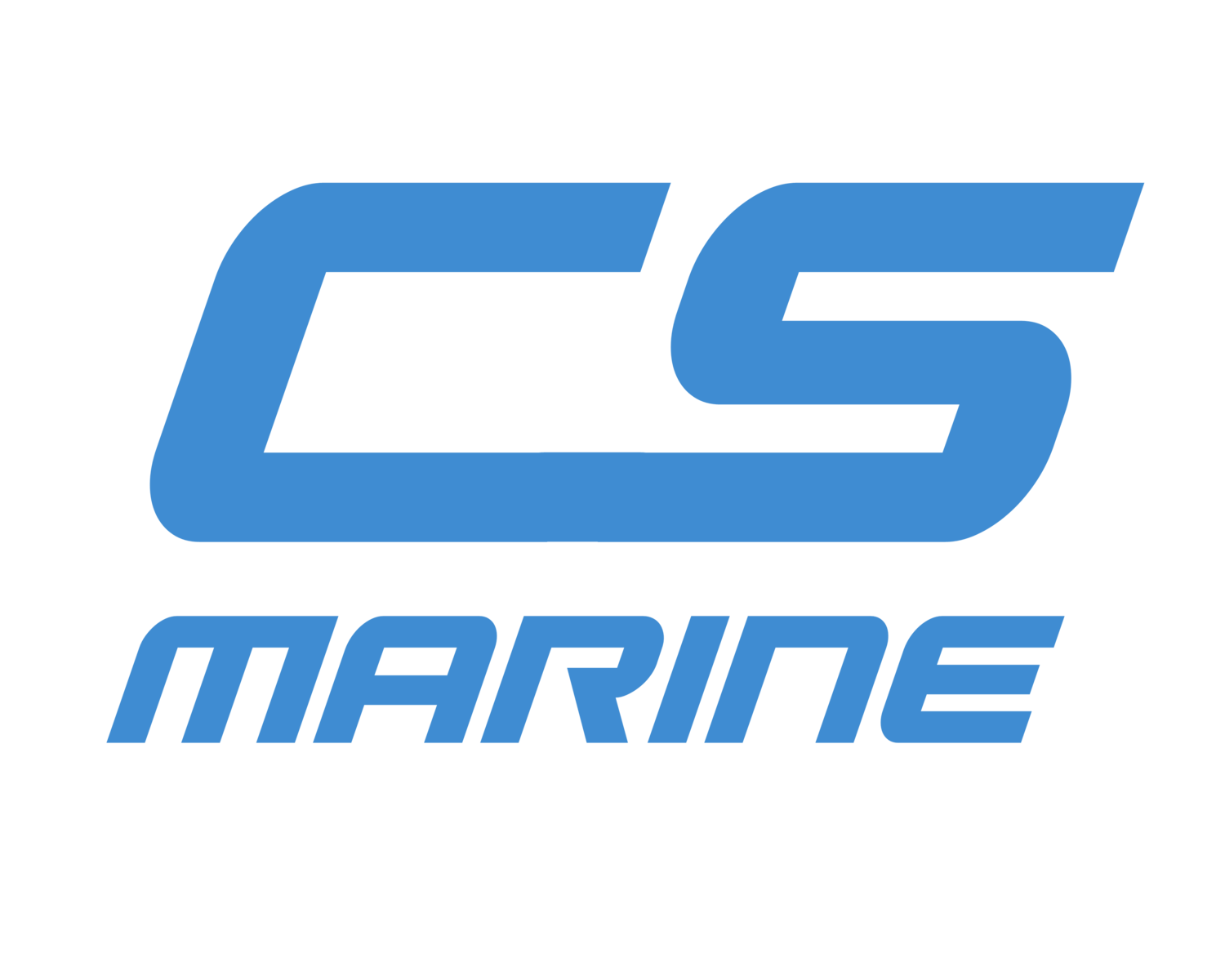The MCM USV unmanned minesweeping boat for LCS (Textron)
PUBLISHED AUG 23, 2021 6:48 PM BY THE MARITIME EXECUTIVE
The long-delayed minesweeping system for the U.S. Navy's Independence-class Littoral Combat Ship series has completed its initial operational test and evaluation period, according to Naval Sea Systems Command.
Testing aboard the LCS USS Manchester in May and June was successful, NAVSEA's Program Executive Office for Unmanned and Small Combatants reported. The Manchester's crew pitted the Textron-built mine countermeasures unmanned surface vehicle (MCM USV) against standardized instrumented test targets, demonstrating that the system could operate and get maintained aboard the LCS platform.
One of the core "mission packages" for LCS, the unmanned influence sweeping system (UISS) consists of the Textron surface vehicle and a towed minesweeping payload. It is designed to trigger magnetic, acoustic, and magnetic/acoustic combination mines. In addition to the LCS platform, the UISS can deploy from shoreside staging points, and the crew tested this functionality as well.
“Completion of this operational test event achieves a major milestone for the UISS Program of Record,” said Capt. Godfrey “Gus” Weekes, LCS Mission Modules Program Manager. "The test event demonstrated for the first time both the capability and sustainability of a minesweeping capability using an unmanned system from an LCS in an operationally realistic environment."
After a post-trials data analysis and evaluation, the system now awaits a declaration of initial operating capability (IOC), allowing the Independence-class community to deploy it in the real world. If approved, Textron could build up to 48 of the unmanned MCM USV vessels to outfit the fleet.
UISS is a long-awaited upgrade for the even-numbered LCS hulls, which were permanently assigned to carry mine countermeasures systems after a re-evaluation of the LCS swappable "mission module" concept in 2016. The same year, the Navy suspended work on an unreliable submersible MCM platform - the Lockheed Martin Remote Multi Mission Vehicle - and switched to Textron's MCM USV instead. Shortly after, the service reduced its performance requirements for UISS, and decided to focus on successful integration with LCS rather than a high mine clearance rate.
Rear Adm. Casey Moton, program executive officer for unmanned and small combatants, told Breaking Defense last month that the LCS MCM package is a "key priority" for his office. The Navy is increasingly interested in mine warfare - both minelaying and mine countermeasures - as great power competition heats up in the Indo-Pacific. China's PLA Navy has invested heavily in mine warfare technology, and it has the capability to draw on more than two dozen sea mine variants if it wishes to hold the U.S. Navy's surface combatants and submarines at risk.





